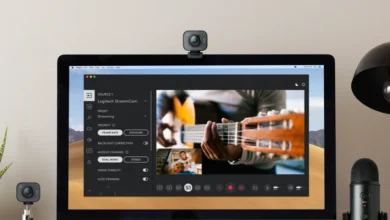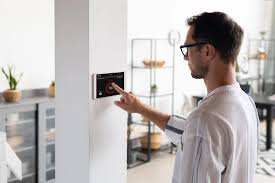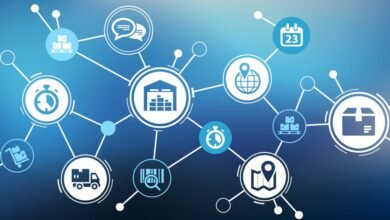Interactive Maps & Transportation Apps: New Navigation Technologies

Interactive maps have become an integral part of transportation applications because of their usefulness in moving where time is of the essence and precision in movement is key in today’s fast-paced world. These maps allow drivers, pedestrians and logistics companies to explore new horizons using advanced navigation techniques. Thanks to this interactivity in maps as well as the more advanced algorithms used today, there is also some extra data that is sent back to the users once they use these services, i.e. accurate destinations plus points of interest. Let’s talk about how TMS software development is changing the world of navigation in our article.
Interactivity: The Key to Easy Mapping Solutions
Today’s interactive maps offer users a plethora of features that significantly ease navigation. They allow not just route planning, but also adaptation to real-time changes. This is particularly important for transportation companies that must quickly respond to alterations in road conditions, traffic jams, or weather.
Lionwood tells us about the Features of Interactive Maps:
- Real-Time Updates. Users can receive data about traffic jams, accidents, and other events that impact their routes.
- Custom Routes. Apps enable users to independently create routes, considering specific needs (e.g., avoiding toll roads).
- Integration with Other Services. Users can access information from various sources, such as weather conditions and public transport schedules.
Technologies Transforming Navigation
- GPS and GLONASS. These systems provide precise location tracking at any time, forming the backbone of interactive maps.
- Machine Learning. Machine learning algorithms analyze traffic data to predict congestion and help optimize routes.
- Augmented Reality (AR). AR technologies allow users to overlay information onto the real world, simplifying navigation and providing additional data about nearby objects.
- Internet of Things (IoT). With IoT, vehicles can exchange information in real-time, enhancing coordination among various participants in the process.
Navigation has made great strides in developing interactive maps for transportation applications. This makes the route planning flexible apart from making it more accurate and faster thanks to the use of modern technology. With today’s rapidly changing world, these maps are now considered a must-have tool for anyone who depends on transportation. The future holds more enlightenment within it when it comes to transportation related issues as technology is still advancing thereby making even greater advancements in this sector possible which will guarantee safer modes of transportation for all customers at some point of time.





